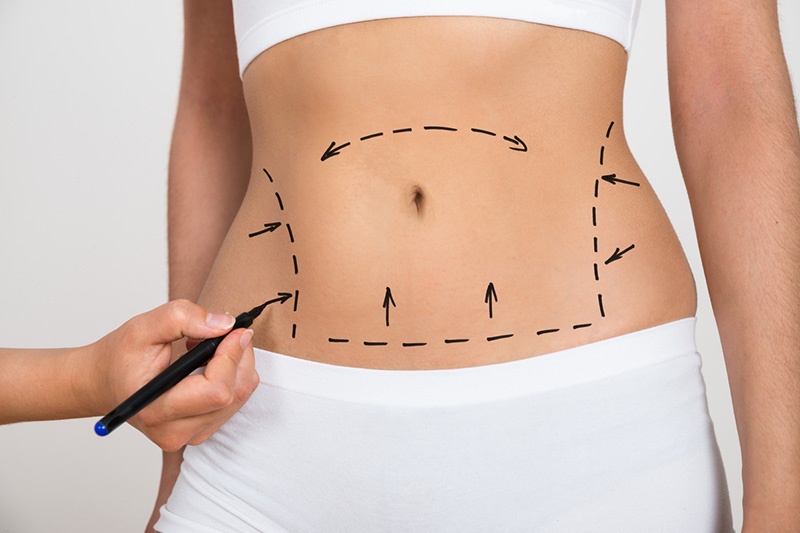The Emergency Room buzzes with trauma and drama, chaos and miracles.
Split decisions are made every day, sometimes every hour, and staying calm under pressure is a pre-requisite for the staff, as patients depend on their knowledge and skills to get them through their ordeal.
Accidents happen, and in the summer, the number increases by leaps and bounds. In the Emergency Room, you never know what’s going to come through the doors. It could be someone injured in an accident, a baby in distress or a crime victim.
Dr. Jeffrey Wheeler, has been the Director of Emergency Services at St. Charles Hospital Emergency Room for 12 years and has seen many avoidable injuries.
Dr. Wheeler is a Doctor of Osteopathic Medicine (DO). To receive this designation, Wheeler has special training in the musculoskeletal system and by combining his knowledge with the latest advances in medical technology he can offer patients the most comprehensive care available today.
“I might take on a different approach, same standards, but a little different philosophy,” he says.
Dr. Wheeler was recently named a physician hero by the Long Island Business News for his outstanding contributions in Emergency Room care.
The ER staff sees many injuries during the summer, some more serious than others where treatment might be administered at an Urgent Care Center.
“No one has the right formula to say if you should go to Urgent Care or the ER. Sometimes medicine isn’t quick and simple, sometimes it takes a while to diagnose,” he says.
“Everybody’s emergency is their emergency – so it’s up to each individual. There’s a good percentage that could go to Urgent Care, there’s less wait and by going there you are keeping resources available for people who are really sick,” he says.
We asked Dr. Jeffrey Wheeler for his advice on summer safety, and he offered these tips:
FIREWORKS & SPARKLERS
• Leave them to the professionals. Period.
PLAYGROUND SAFETY
• No bare feet.
• Make sure there is a minimum of 9 inches of rubber, sand, wood chips or bark on the play area.
• No “S” hooks or protruding bolts.
• No attachments to swing sets, they can be a hanging hazard.
• Test the metal for excessive heat.
• Trampolines are high risk even if supervised. 75% of injuries occur when there is more than one person on the trampoline.
BICYCLE SAFETY
• Wear a helmet – on every bike ride, no matter how short the ride is.
• Do not try to transition a child to a two-wheeler until they are ready.
• Make sure the bike is properly fitted to their size, oversized bikes are dangerous.
SKATEBOARDS, SCOOTERS, INLINE SKATES & HEELY’S
• Wear a helmet.
• Community skateboard parks are superior to home constructed apparatus.
• Use Inline skates on paths, not in the street.
• Wearing protective wrist, elbow and kneepads is a must.
• Practice falls on grass.
• Children under 8 should always be supervised and should not skate alone.
INSECT SAFETY
• Lyme and West Nile are found on Long Island so it’s best to avoid stagnant water, perfume/hairspray and flowering plants. Make sure window screens are repaired.
• Use insect repellent with DEET, between 10% to 30%. (Not recommended for babies under 2 months.) 10% will last 2 hours, 30% will last 5 hours, and it works. There’s a new drug called Picaridin but DEET is an oldie and goodie.
• Wear long sleeves, pants and socks at night to ward off mosquitos and ticks.
ATV SAFETY
• They are very dangerous for anyone under 16 years old. The nervous system and judgment are not fully developed.
• Wear a helmet with face shield.
• Never ride at night.
• Avoid on-road usage at all times.
• Use flags, reflectors and lights to maximize visibility.
• Always check terrain prior to riding.
LAWN MOWER SAFETY
• Only use lawn movers with blades that stop moving when the handle is released.
• No one under 16 should use a ride on mower.
• Twelve years and older can use a walk behind mower, wearing sturdy shoes.
• Pick up any loose objects before starting the mower.
• Wear eyewear and hearing protection.

